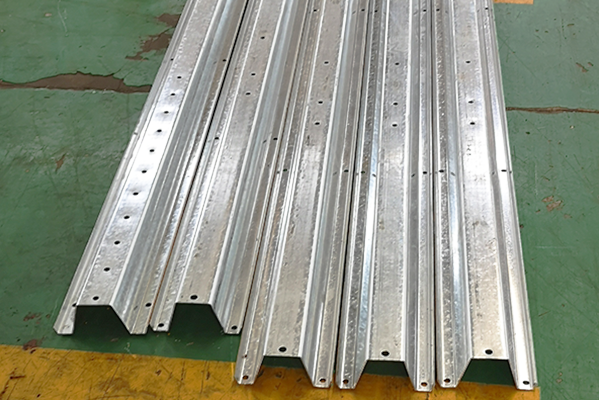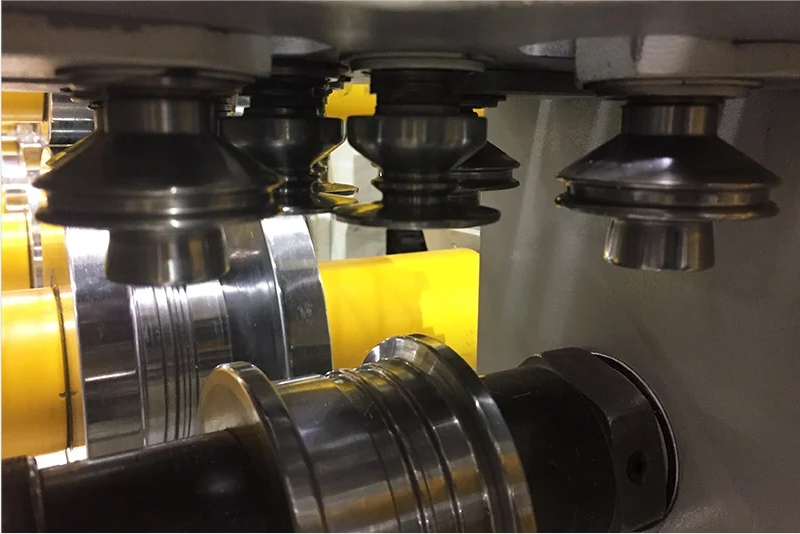Navigation Menu
Contact Us
- Email:
- info@wxavatar.com
- Address:
- Yurong Village, Yuqi Street, Huishan District, Wuxi, China.
Release Date:Oct 24, 2024 Visit:286 Source:Roll Forming Machine Factory
In the intricate world of metalworking, precision is paramount. Even the slightest deviation can compromise the integrity and functionality of a component, impacting everything from product quality to safety standards. To meet the ever-increasing demands for accuracy, the metalworking industry has witnessed a wave of innovations in cold forming machines. These advancements have significantly enhanced the precision of metal forming processes, allowing manufacturers to produce components with unparalleled dimensions and finishes.

Cold forming, a technique that involves shaping metal at room temperature without the use of heat, has traditionally been valued for its ability to generate high-strength parts with minimal material waste. However, traditional cold forming machines often struggled with achieving the high levels of precision required for modern applications. The latest innovations in cold forming machinery have addressed these challenges, pushing the boundaries of what is achievable in metalworking precision.
One of the most significant innovations in this field is the advent of advanced servo-electric drives. These drives, combined with high-precision tooling and robust machine designs, enable cold forming machines to operate with remarkable accuracy. Servo-electric systems offer superior control over the forming process, allowing for minute adjustments that ensure components meet exact specifications. This level of precision is crucial in industries such as aerospace, automotive, and medical devices, where even minor deviations can compromise the performance of the final product.
Another key innovation is the integration of precision sensors and advanced data analytics. These sensors monitor every aspect of the forming process, from material feed rates to die pressures, ensuring that all parameters remain within tight tolerance limits. The collected data is then analyzed using sophisticated algorithms to identify and correct any deviations in real-time. This predictive capability not only enhances precision but also reduces the risk of defects and scrap rates, ultimately improving overall product quality.
In addition to these technological advancements, the latest cold forming machines feature modular tooling systems that further enhance precision. These systems allow manufacturers to quickly and easily switch between different dies and punches, enabling them to produce a wide range of components with consistent accuracy. This versatility is particularly valuable in high-mix, low-volume manufacturing environments, where the ability to rapidly adapt to changing product requirements is critical.
Moreover, the ergonomic design of modern cold forming machines has also contributed to improved precision. Operators now benefit from intuitive control interfaces, improved visibility, and better access to machine components. These design improvements reduce human error and enhance operator efficiency, ensuring that the forming process remains under tight control throughout each cycle.

In conclusion, the innovations in cold forming machines have revolutionized the precision of metalworking processes. By leveraging advanced servo-electric drives, precision sensors, modular tooling systems, and ergonomic designs, manufacturers can now produce components with unparalleled accuracy and consistency. As these technologies continue to evolve, the metalworking industry can expect even greater levels of precision, driving innovation and competitiveness in a wide range of industries.